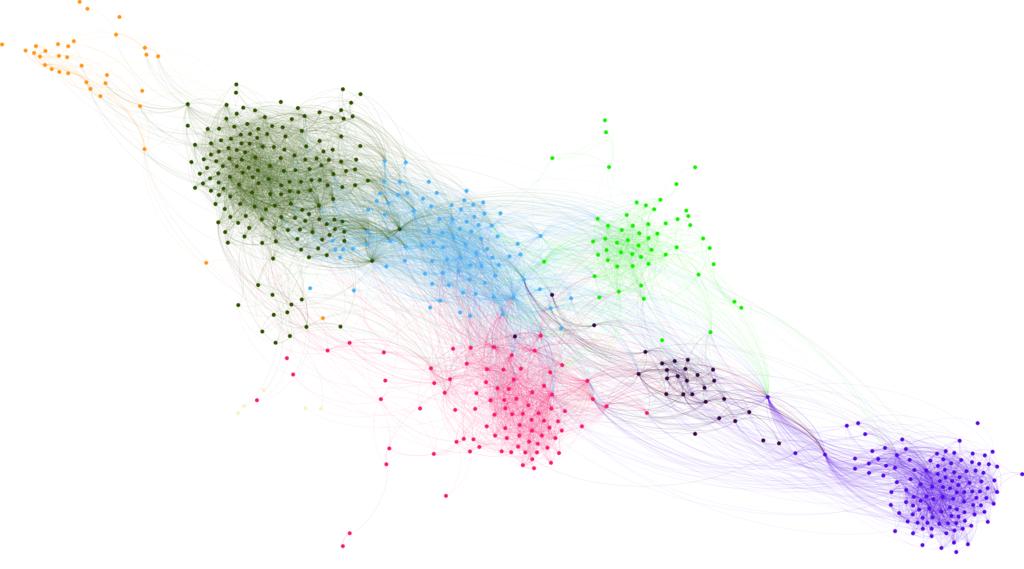Coding
Qualitative coding is a process of systematically categorizing excerpts in your qualitative data to identify patterns and themes. It allows researchers to take unstructured or semi-structured data (i.e. transcripts from interviews or focus groups) and structure it into themes and patterns for analysis.
ATLAS.ti
ATLAS.ti is software that allows researchers to locate, code, and annotate findings in primary data material (text, media, or geospatial data).
Get Started
- Windows Virtual Desktop – Instructions for accessing ATLAS.ti software on your own computer or mobile device with Trinity’s Windows Virtual Desktop
- ATLAS.ti Introduction – Introduction video from the ATLAS.ti YouTube channel
Text Analysis
Text analysis, or text mining, is the process of creating structured data out of free text content. For more information on the history of text analysis as a digital humanities research method, read Chapter 4 of Digital Humanities: A Primer.
Constellate
Constellate is a text analytics platform aimed at teaching and enabling a generation of researchers to text mine.
Get Started:
- Log in through “My Institutions” or via “My JSTOR” here.
- Explore featured datasets and discover what kinds of analysis text mining can produce – Constellate Build
- Constellate tutorials – Constellate beta
Gephi
Gephi is open-source software for visualizing and analyzing large networks and graphs. You can use it to explore, analyze, spatialize, filter, cluterize, manipulate and export all types of graphs.
Get Started
- Quick Start – Basic slides introducing network manipulation and visualization
- Gephi Tutorial Visualization – Advanced slides that cover visualization settings
- Gephi Tutorial Layouts – Advanced slides that cover network layouts
- GEPHI – Network visualization tutorial – YouTube tutorial video
Voyant
Voyant is a web-based reading and analysis environment for texts.
Get Started:
- Explore an analysis of Jane Austen’s novels
- Getting started with Voyant – Voyant Tutorials/Workshops
- Introduction to text mining with Voyant – Bruce Matsunaga, ASU
